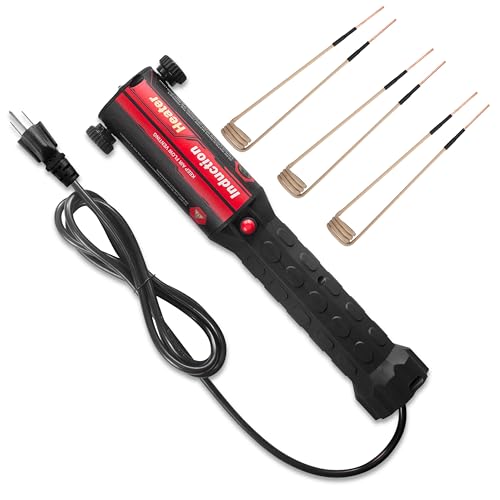mikec4193
Well-known member
Hi Rat Rods Rules folks
Just found a pretty decent early 1940's Ford cab with doors and not a ton of rust for the area where I live. It got me to thinking about building a bobber out of it. Now I am leaning towards a straight front and rear axles but not sure on the suspension. I have built and driven several 1950's 4 leaf spring trucks and Willys Jeeps too. Not really a fan of the whole feel of them.
How are the (straight axles) coil spring front and rear hot rods as far as feeling to drive around town? Bobber trucks having a pretty short wheelbase being taken into consideration.
I want something that is fun to drive and something I will want to drive on occasion.
Any thoughts and observations and experiences are welcome.
MikeC
Just found a pretty decent early 1940's Ford cab with doors and not a ton of rust for the area where I live. It got me to thinking about building a bobber out of it. Now I am leaning towards a straight front and rear axles but not sure on the suspension. I have built and driven several 1950's 4 leaf spring trucks and Willys Jeeps too. Not really a fan of the whole feel of them.
How are the (straight axles) coil spring front and rear hot rods as far as feeling to drive around town? Bobber trucks having a pretty short wheelbase being taken into consideration.
I want something that is fun to drive and something I will want to drive on occasion.
Any thoughts and observations and experiences are welcome.
MikeC


















































